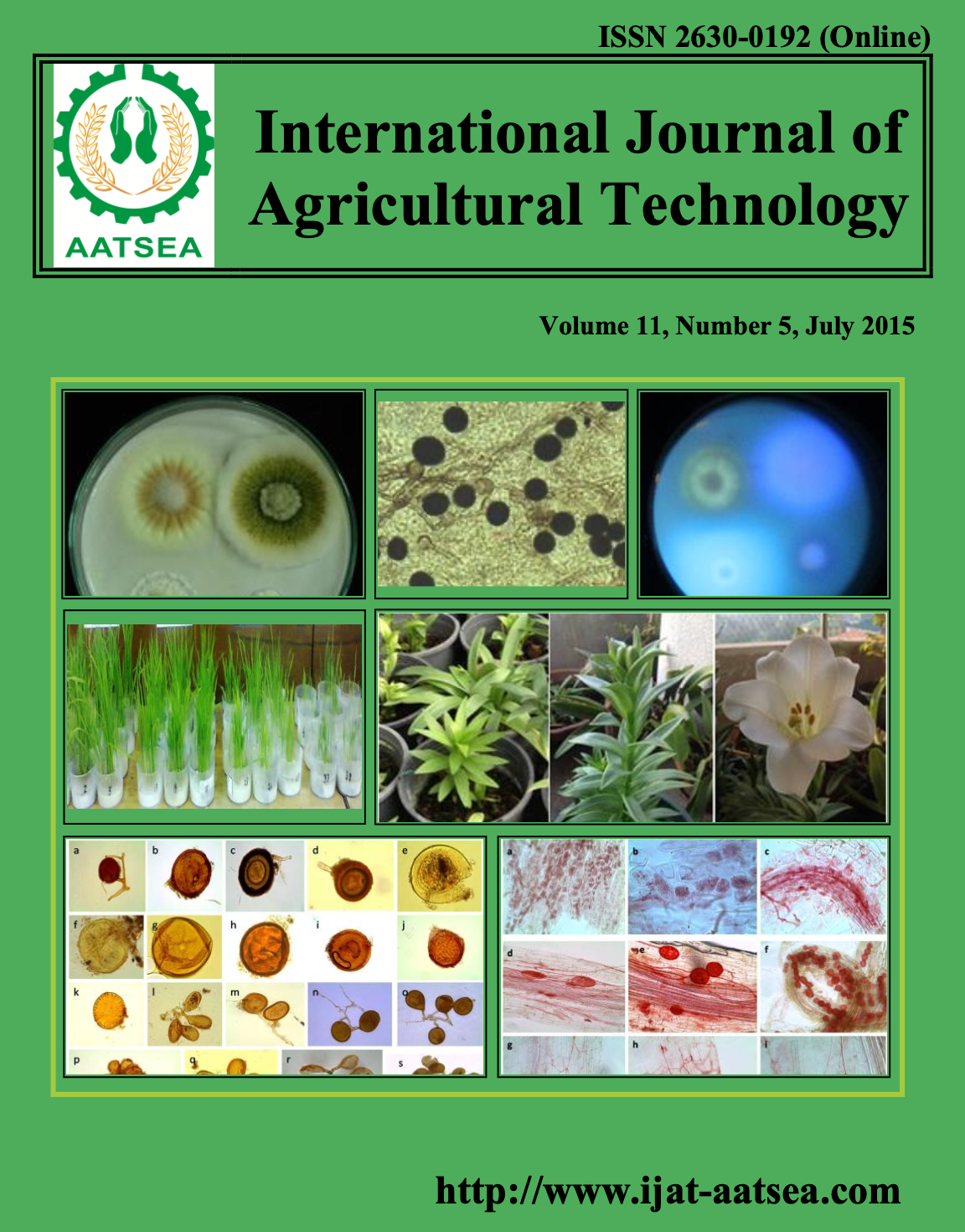Evaluation of neem (Azadirachta indica) leaf meal in the diets of black leghorn laying hens for protein sustaininability and national development
Main Article Content
Abstract
Article Details

This work is licensed under a Creative Commons Attribution-NonCommercial-NoDerivatives 4.0 International License.
References
AOAC (1995). Association of Official Analytical Chemists. Official Methods of Analysis, 7th Edition. Washington D. C.
Azubuike, J. C. (2003). Evaluation of Microdesmis puberula leaf meal as feed ingredient in poultry diets. (Master’s Thesis). Federal University of Technology, Owerri – Nigeria.
D’Mello, J. P. F., Acamovic, T. and Walker, A. G. (1987). Evaluation of Leucaena leaf meal for broiler growth and pigmentation. Tropical Agriculture 64:33-35.
Jacobson, M. (1989). Pharmacology and toxicology of neem. In M. Jacobson (ed) focus on phytochemical pesticides, vol.1. The neem Tree CRC, Prix Inc., Boca Ration, Florida (USA). pp. 133-135.
Kausik, B., Ishita, C., Ranajit, K., Banerjee and Udah, B. (2002). Biological activities and medicinal properties of neem (Azaradirachta indica). Current Science 82:11.
Mateo, J. P., Labadan, M. M., Abilay, T. A. and Alandy, R. (1970). Study of paired feeding of pullets using high levels of ipil ipil (Leucaena leucocephala) leaf meal. The Philippine Agriculturist 54:312-318.
Minderdorf, D. F., Childs, G. R. and Graver, W. W. (1980). A rapid bioassay for the comparison of xanthophylls availability from various sources. Poultry Science 59:1442-1450.
NRC (National Research Council) (1978). Nutrient requirements of domestic animals, No.3. Dairy Cattle. National Academy of Science, Washington D. C.
Obikaonu, H. O., Uchegbu, M. C., Durunna, C. S. and Udedibie, A. B. I. (2011a). Performance and economics of production of deep litter managed starter briolers feed Neem (Azadirachta indica) leaf meal Intl. Journal of Agriculture & Rural Development 1:483-489.
Obikaonu, H. O., Okoli, I. C., Opara, M. N., Okoro, V. M. O., Ogbuewu, I. P., Etuk, E. B. and Udedibie, A. B. I. (2011b). Haematological and serum biochemical indices of starter broilers fed Neem (Azadirachta indica). Online Journal of Animal and Feed Research 1:150-154. Retrieved from http://www.ojafr.ir.
Obikaonu, H. O. (2012). Evaluation of the nutritional value of neem (Azadirachta indica) leaf meal on the performance of finisher broilers. Int’l. International Journal of Agriculture and Rural Development 15:1235-1239.
Okpanyi, S. N. and Ezeukwu, G. C. (1981). Anti inflammatory and antipyretic activity of Azadirachta indica. Planta medica 41:34-39.
Okorie, K. C. (2006). Evaluation of leaf meals of Pentaclethra macrophylla, Jacaranda mimosifolia and Mucuna pruriens as feed ingredients in poultry diets. (Doctor of Philosophy’s Thesis). Federal University of Technology, Owerri – Nigeria. pp. 67.
Osei, S. A., Opoku, R. S. and Atuahene, C. (1990). Gliricidia leaf meal as an ingredient in layer diet. Animal Feed Science and Technology 29:303-308.
Paterson, R. T., Rootheart, R. C. and Kiruiro, E. (2000). The feeding of leaf meal of Callicindra calollyrsus. Tropical Animal Health and Production 32:51-61.
Shodini (1997). Touch-Me, Touch-Me-not women, plants and healing. New Delhi, India: Kali for women.
Steel, R. G. D. and Torrie, J. H. (1980). Principles and procedures of statistics, New York: McGraw Hill. pp. 137-269.
Udedibie, A. B. I. and Igwe, F. O. (1989). Dry matter yield and chemical composition of pigeon pea (C. cajan) leaf meal and nutritive value of pigeon pea grain meal for laying hens. Animal Feed Science and Technology 24:111-119.
Udedibie, A. B. I. and Opara, C. C. (1996). Response of growing broilers and laying hens to the dietary inclusion of leaf meal from Alchornea cordifolia. Animal Feed Science and Technology 71:157-164.


